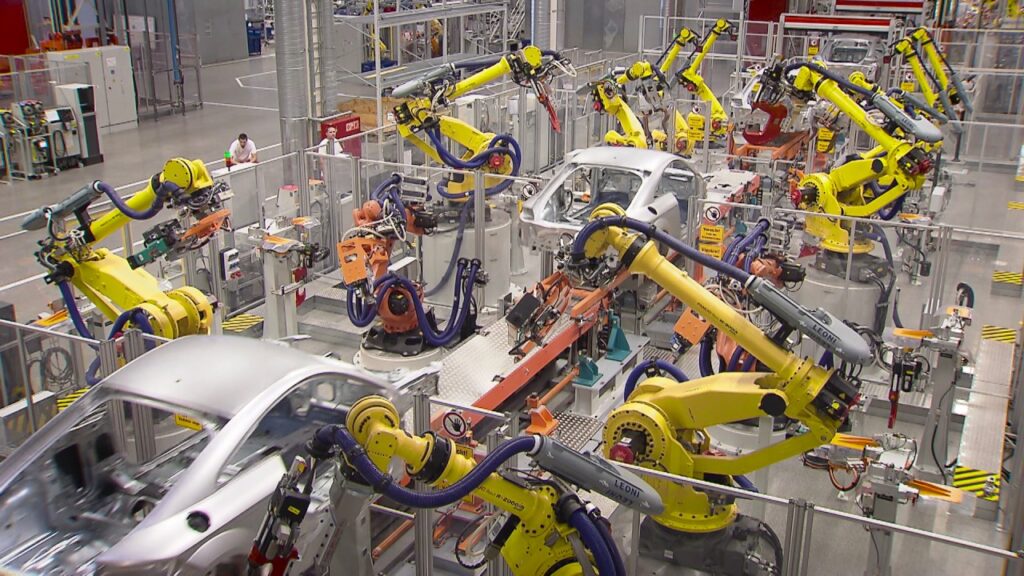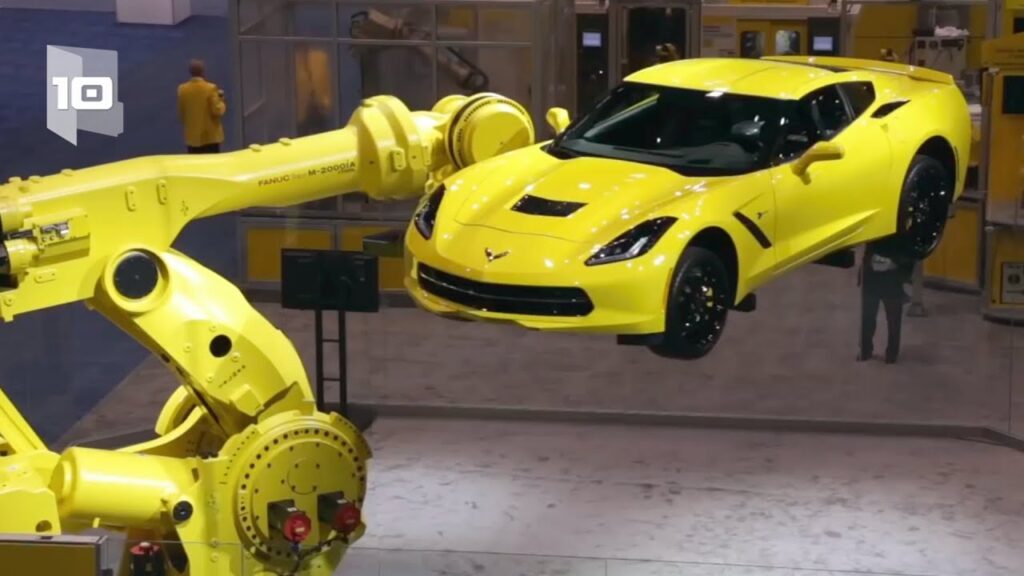Robots have always fascinated the human imagination. From science fiction movies to the latest advancements in technology, the idea of machines with human-like capabilities has gripped society for decades. Hello guys! In this video, we will explore the world of robotics and delve into the different types of robots that exist today.
Robotics can be defined as the branch of technology that deals with the design, construction, and operation of robots. These robots are programmable machines that can carry out tasks autonomously or with minimal human intervention. They can be found in various industries and sectors, each serving a specific purpose.
One of the most significant applications of robotics is in the industrial sector. Industrial robots are machines designed to perform repetitive and mundane tasks, thereby increasing efficiency and productivity. They are used in manufacturing processes, assembly lines, and logistics operations.
**Types of Industrial Robots**
There are several types of industrial robots, each with its unique capabilities and functions. Let’s explore some of them:
1. **Articulated Robots**: These robots mimic the movement of a human arm, with joints and rotary actuators. They are highly versatile and widely used in industries such as automobile manufacturing and electronics.
2. **Cartesian Robots**: Also known as gantry robots, these robots move along three linear axes, making them ideal for tasks that require precise and controlled movements. They are commonly found in industries like packaging and material handling.
3. **SCARA Robots**: SCARA stands for Selective Compliance Assembly Robot Arm. These robots have four degrees of freedom and are primarily used for assembly and pick-and-place operations. They are commonly seen in industries that require high-speed and precision automation.
4. **Parallel Robots**: With a fixed base and a movable platform, parallel robots are known for their high-speed capabilities and accuracy. They are commonly used in applications where rapid and precise movements are essential, such as picking and placing delicate objects.
5. **Collaborative Robots**: Also known as cobots, these robots are designed to work alongside humans, assisting them in various tasks. They are equipped with sensors and safety features that allow them to operate in close proximity to humans safely. Cobots are becoming increasingly popular in industries that require human-robot collaboration, such as small-scale manufacturing and healthcare.
6. **Mobile Robots**: These robots are capable of navigating and operating in dynamic environments. They are equipped with sensors and software that enable them to move autonomously and interact with their surroundings. Mobile robots are widely used in logistics, warehousing, and agriculture.
These are just a few examples of the different types of industrial robots that exist today. Each type serves a specific purpose and provides unique advantages in terms of efficiency, precision, and automation.
It is important to note that the field of robotics is constantly evolving, with new innovations and advancements being made every day. Researchers and engineers are continuously working towards developing robots that can perform complex tasks, adapt to different environments, and interact with humans more intuitively.
As we continue to explore the possibilities of robotics, it is crucial to consider the implications and ethical considerations that arise with the increasing integration of robots in various sectors. Ensuring the safety and well-being of both humans and robots should be at the forefront of these developments.
In conclusion, robotics has revolutionized various industries by introducing automation and efficiency. The different types of industrial robots, such as articulated robots, Cartesian robots, SCARA robots, parallel robots, collaborative robots, and mobile robots, have reshaped manufacturing processes and logistics operations. As technology continues to advance, we can expect further innovation in the field of robotics, leading to even more sophisticated and capable machines.
Industrial Robot
“Exploring the Various Types and Classification of Robots: A Comprehensive Guide to Industrial Robots’ Diversity”


